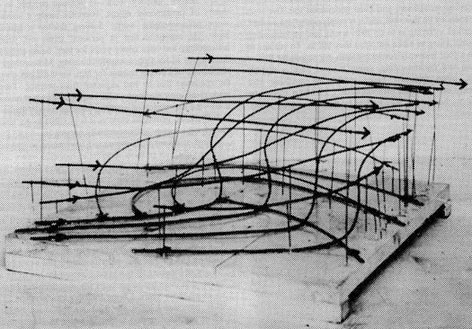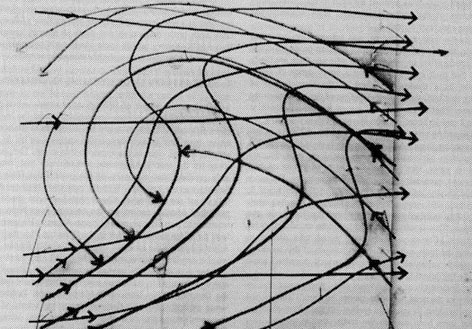The group was invited by the University of Reading to present some of its collaborative work.
15 Aug 2013

Initiated in 2005, the SPRING Group currently involves nine researchers from the Universities of Brighton, Reading and Sussex. These are: Dr Maarten Ambaum, Dr Janet Barlow, Dr Giles Harrison, Professor David Stephenson (Reading); Dr Jon Bird (Sussex); Chris Rose, Sol Sneltvedt, Holger Zchanderlein and Professor Charlie Hooker (Brighton). The group was set up with the aim of promoting collaborative research between the arts and sciences. Every term they have meetings and visits. They are currently developing a series of projects intended for public exhibition during 2007-8.
In March 2006, the group was invited by the Department of Meteorology, University of Reading to present some of its collaborative work during the events commemorating the department`s 40th anniversary. Holger, Chris and Charlie visited the university and set up the following audio-visual installations:

Following discussions during the presentations at Reading, Charlie Hooker successfully applied for £25,000 Arts and Humanities Research Council ‘Networks Initiative’ grant. In essence, this scheme promotes a wide range of creative collaboration between the arts and industry, and is co-funded by the Department of Trade and Industry. It will end with a public exhibition of the research collaborations it has generated.
The Spring Group will shortly be meeting to plan a series of meetings and events during the two-year period and, to start this process, Charlie made two research visits at the end of the summer – to the Bjerknes Centre for Climate Research, Bergen and the CERN Particle Physics research centre in Geneva. He gave a paper entitled ‘Creative Collaboration Between Art and Science’, discussed various potential ‘outreach’ projects and began discussions for two new works to be created in Bergen dur¬ing next year. One involves a temporary installation during the Bergen Festival of MIDI-controlled grand pianos, playing sounds triggered ‘live’ by the cosmic ray particles that constantly rain down on us from stars, travel through walls and buildings, and through the Earth itself to con¬tinue their journey across the universe. The other is a large-scale metal sculpture, based on the weather maps invented by Jacob Bjerknes in 1919. In order to analyse and plot the three and four-dimensional rotation and movement of air flow that generates our weather, Bjerknes produced a linear wire model which, viewed from the side, plots upward and downward movement and, from above, looks like the weather maps we are used to seeing in newspapers etc. At the time, this was an incredible and pioneering achievement. Hooker`s new sculpture will be based on the linear forms the original model depicts, but its surface texture detail will be created from digitally-produced swirls and eddys, generated from mathematical equations used to analyse fluid shapes and air flow.
One of the areas of activity that the Spring Group intend to explore concerns links with health and medicine. Charlie has begun discussions with the School of Health Professions and the Brighton & Sussex Medical School and it is hoped that collaborative work will ensue. Should anybody be interested in contributing to this activity or finding out more, please feel free to contact Charlie, the AHRC website, or any other member of the Spring Group. The group is keen to welcome Technical and Administrative staff who wish to undertake research, as well as Academic staff.
